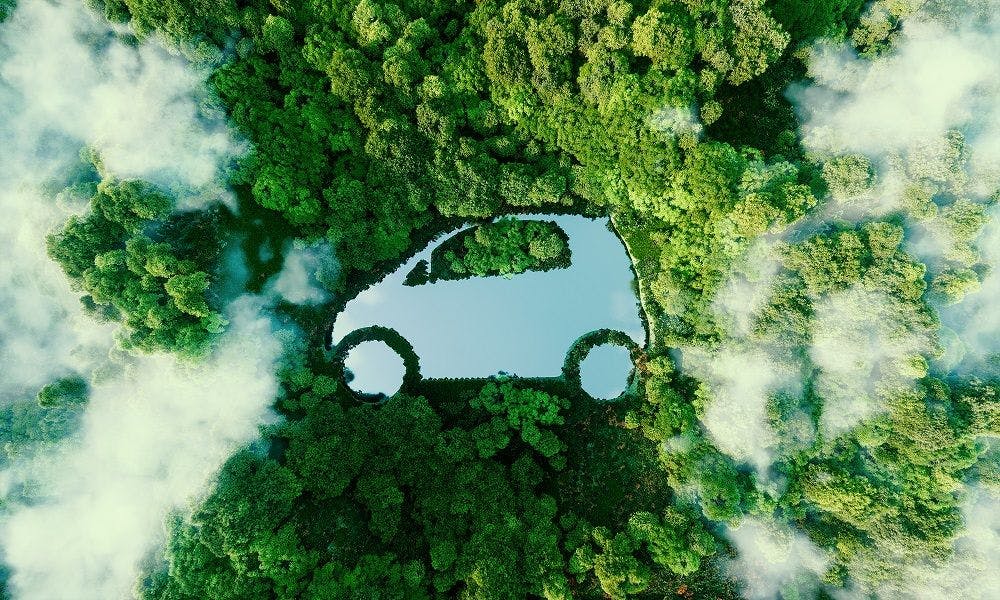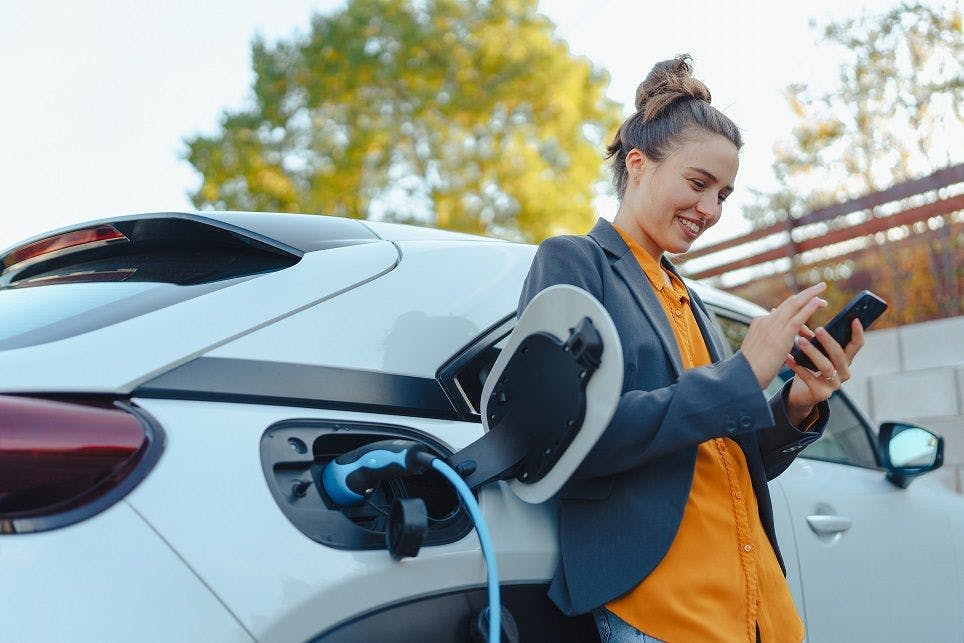Theme

3 min
The Future is Friendly: Collective Responsible Development
What if we all worked together for a brighter, cleaner future?
NNG
02 Feb, 2023
What if we all worked together for a brighter, cleaner future?
It’s not impossible — merely challenging. But, if governments, manufacturers, and technology providers combine forces, there’s nothing but potential for the future of our planet.
So what does this collective responsible development future look like? While we have yet to arrive, efforts are underway in the transportation sector to reduce emissions, reuse parts and help drivers make eco-conscious decisions.
Government Efforts: Creating Eco-Conscious Legislation
Governments are stepping up and taking action on climate change. For example, consider the European Union’s (EU) 2030 Climate Target Plan, which looks to reduce greenhouse gas (GHG) emissions by 55% across all transportation sectors — rail, car, water, and aviation — and tasks companies in all these sectors with doing their part.
Or look at new legislation in France, which requires navigation apps to offer other alternatives, such as walking or cycling, and indicate how much CO2 could be produced by different routes. Put simply? Sustainability is now the priority over speed as governments look to limit emissions without significantly impacting drivers.
Manufacturer Operations: Reduce, Reuse, Recycle
There are also efforts underway by automakers to help create “circular” economies that reduce consumption, reuse materials where possible, and recycle parts as needed. For example, a French car maker recently introduced a new initiative, The Future is NEUTRAL, which focused on making old cars the primary source of parts for new vehicles.
Automakers are also looking for ways to reduce the amount of material required for vehicle manufacturing. They are also developing ways to more effectively recycle electric vehicle (EV) batteries as the first generations of these vehicles begin to reach their end-of-life.

Technology Integrations: Help Drivers Make Better Decisions
While government legislation and manufacturer operations help set the stage, end-user technology plays a critical role in day-to-day driver decision-making.
Consider our iGO software, built into more than 45 million vehicles worldwide. Its automatic re-routing feature helps ease traffic congestion — and therefore emissions — by providing users with alternative routes in the event of traffic accidents or poor weather conditions.
Meanwhile, ECO route planning with iGO looks to reduce overall CO2 emissions on the selected route by considering multiple factors, such as elevation and drag, while simultaneously optimizing routes to minimize travel time increases.
Small Changes, Big Impact
Sustainability doesn’t happen by accident. Instead, it’s a combination of small changes that add up to big impacts. Each small action is a step toward a brighter, cleaner future, from small CO2 reductions to enhanced recycling efforts to optimized driving routes.
Bottom line? Sustainability is attainable. And while we’re not there yet, the trifecta of government, automaker, and technology provider efforts makes collective responsible development a not-too-distant dream.
Would you like to know more?
Get in touch to learn more about our latest products and services or company news


